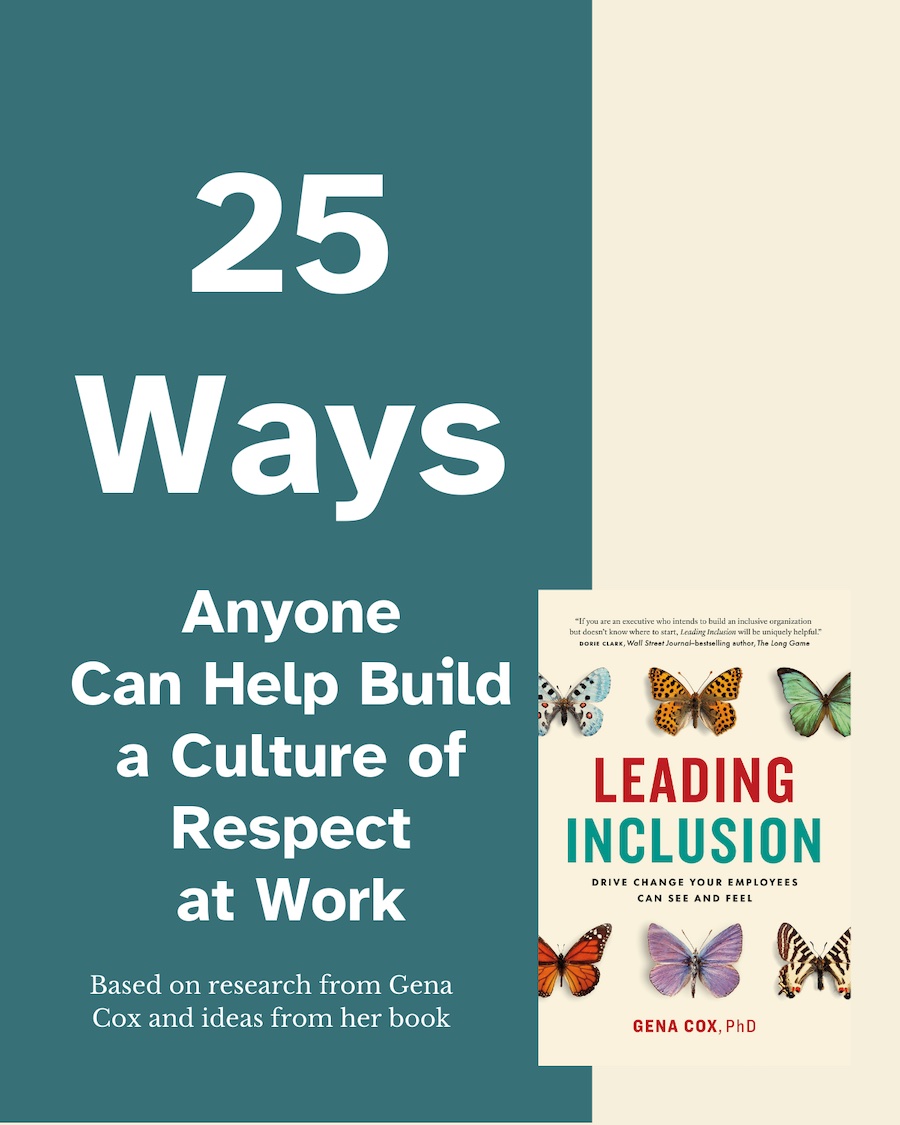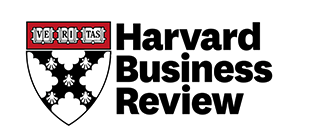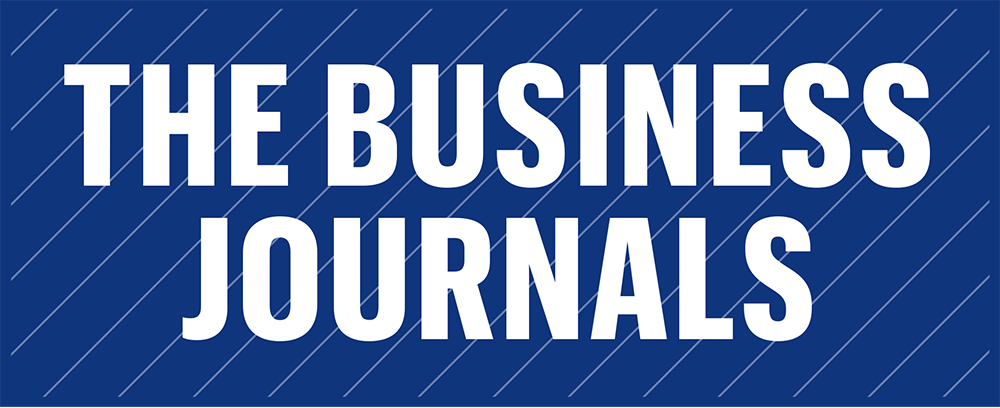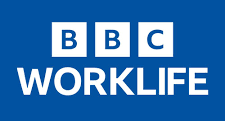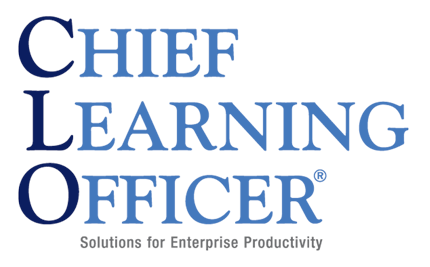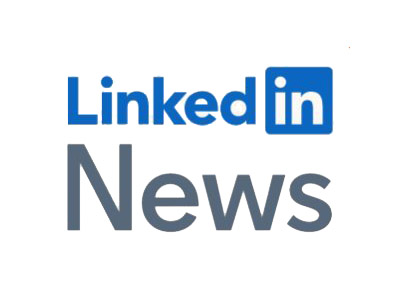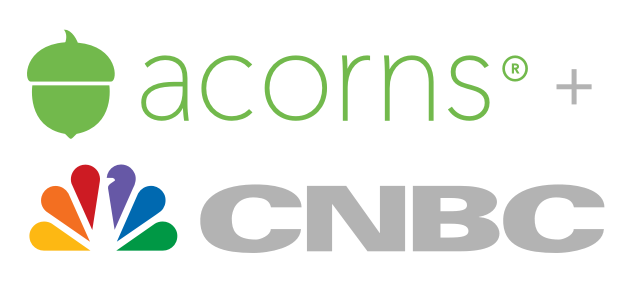The State of Workplace Inclusion 2020 to 2023: Part 2 – What I Am Seeing

NOTE: This article is Part 2 of a 4-part series of observations about workplace inclusion between March 2020 and May 2023. Part 1 was entitled “I Came Out as Black.” The subsequent two editions will be Part 3 – “I (Sorta) Don’t Care What You Call It,” and Part 4 – “Educated and Woke.”
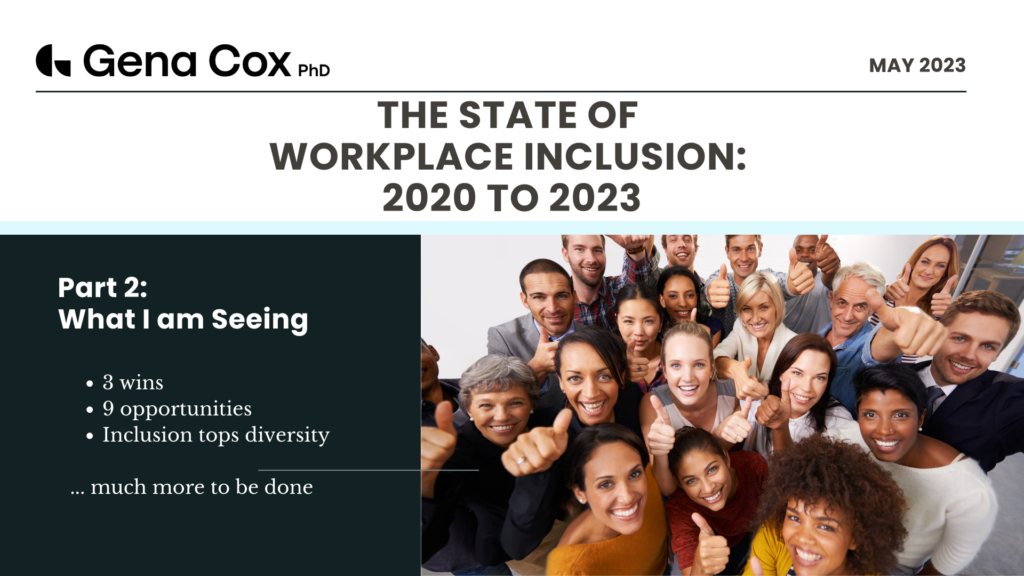
Over the last three years, I have had a front-row seat to various workplace conversations about “Inclusion.” As a result, I have noticed some encouraging trends and some disappointing (but not “discouraging” because I keep pressing forward with my message) ones.
I sub-titled this piece “What I am Seeing” to clarify that I wrote this from a particular perspective that may not be shared by all interested in the inclusion conversation. What is that perspective? I am an organizational psychologist steeped in the research and practice of leader effectiveness, organizational culture, employee experience and engagement, and researching employee opinions. I am not an activist, and while I don’t speak for “the people,” I am a Black woman, immigrant, and mother whose life experiences have tempered my thinking. I have experienced and observed multiple, repeated situations in which corporate colleagues were disadvantaged in pay, recognition, promotions, hiring, and allocating corporate visibility “goodies” based on factors other than their performance or qualifications. We can fix this systemic bias problem, but only if we define the problem(s) and implement fit-for-purpose solutions with our eyes wide open. Avoiding, reframing, glossing over, and other avoidance tactics won’t work.
From that lens, I have observed three encouraging workplace inclusion trends and nine (3x) disappointing ones over the last three years.
NOTE: When I say “Inclusion,” I mean the day-to-day experience of an employee in a workplace. When I say “Diversity,” I mean the representation of employees from a group relative to that group’s representation in the available workforce. By “DEI,” I mean the acronym commonly used to describe efforts to help all employees (especially those historically subordinated) thrive.
I see three encouraging workplace inclusion trends:

1. The Interest in workplace inclusion remains on an upward trend. Even though it is true that many companies have not lived up to their post-George Floyd promises, a majority of Americans remain interested in and supportive of DEI efforts in the workplace. Additionally, the Business Roundtable (comprised of chief executives of leading companies from every business sector in the United States) continues to support this work.
2. The ill-advised fixation on implicit bias training is waning. Implicit bias is a real thing. We all have brains that make cognitive errors. We can all benefit from understanding how these errors impact our behavior (especially if the mistake interferes with another person’s ability to thrive at work). However, psychologists know that the impact of diversity training (of any kind) can be highly variable. Implicit bias training is likely only effective if it includes education and behavioral change components and is part of a comprehensive skills development. DEI training works best when implemented over time and not as a one-shot solution. And coaching helps because it is more effective at sustaining behavior change. This kind of training has its place but should never be the anchor for an enterprise DEI program. In other words, implicit bias training is not a DEI strategy. I am happy to see less reliance on implicit bias training as a panacea for DEI problems.
3. Business schools and other academic institutions are starting to provide training on DEI-related topics in their curricula. For example, the Association to Advance Collegiate Schools of Business (AACSB)’s 2020 Accreditation Standards include diversity and inclusion components. And some business schools, including Wharton, are incorporating DEI content and majors into their curricula. Additionally, demand for these programs is high at the undergraduate level. As a result, the next generation of business leaders may be more prepared to be part of and lead a more diverse workforce.
But we still have a lot of work to do!
Here are nine workplace inclusion trends that are (still) causing me concern:

1. Many C-Suite and corporate boards continue to deflect accountability for inclusion outcomes. C-suite executives and corporate boards are still out of touch with Black Americans’ work experience. And many are not leading the inclusion conversation as they should. One partial explanation is that C-suites and boards are not diverse, so many board directors may not understand the emotional burden and urgency of these issues. David Lancefield and I made some suggestions about leading from the top in this HBR article.
2. Americans do not believe workplace practices are fair: According to recently-published research from Catalyst, only 37% of employees believe their employers’ organization’s processes are fair. The missing element? Leadership accountability. Most respondents said their organizations are still not holding their colleagues and managers accountable for the DEI standards they espouse.
3. Our society still treats AAPI employees like perpetual foreigners and model minorities. Hispanics/Latinos continue to experience colorism, accent, and national-origin discrimination, sometimes from other Latinos! Latinos are least likely to have paid leave or workplace flexibility. Native Americans’ concerns, including disparate access to remote work opportunities, are drowned out in the national conversation. Support for neurodivergent employees is just getting started, the LGBTQ+ community continues to experience discrimination at work, and transgender and gender nonconforming (TGNC) workers may face alienation at work. Some employees even say that they would not want to work with an LGBTQ+ person!

4. The gender pay gap persists and tends to increase as women get older. According to Pew Research, women are more likely than men to hold a college degree, but the gender wage gap has closed more for workers WITHOUT a college degree than those with more education. So any optimism we might feel about the gender pay gap is premature!
5. Inclusion tops diversity, yet many companies are still (only) focusing on diversity or are focusing on diversity first. The problem is that increasing the headcount of certain groups before laying the foundation of an inclusive culture in which those employees can thrive is like putting the cart before the horse. The result is often a rush to exit for those employees hired without leadership forethought about “what does it feel like to work in my company?”
6. Some leaders still believe that people from historically disadvantaged groups require unique leadership. A leader approached me after a recent training session and whispered, “I have a Black woman on my team, and I don’t know what to say to manage her.” I told him he needed to stop avoiding that woman and approach her with the same frequency and warmth he used with others he led. I wonder who taught him this nonsense because it seemed like such an epiphany to him! As I said on page 174 of my book, Leading Inclusion, “People of color do not need “special” leadership or more leadership. They need their leaders to give them the same support they mete out to colleagues but often withhold from them.” Inclusion requires that all managers and leaders effectively manage the 100%.
7. “Equal rights for others does not mean fewer rights for you. It is not pie.” (Jesse Williams). I have been getting a faint whiff of some (non-corporate) leaders pitting one identity against another to determine which deserves more or less attention. Some groups have historically been more advantaged than others in the workplace. I also believe that the impact of slavery on the experience of (some) Black Americans persists with such strength that it won’t improve without specific efforts to make things better. However, I DO NOT think of this as a zero-sum equation. My goal is for all employees to thrive. We must therefore define solutions that address the variations in employees’ experiences.
8. Some companies are establishing employee resource groups (ERGs) without providing clear strategic guidance to enable those groups to function effectively and be sustainable over time. What I see in these cases is that the leaders of the ERGs are not prepared for the challenge. ERGs can positively affect organizations, but only if their strategic intent is clear and we prepare their leaders for the leadership and emotional challenges they will encounter.
9. Some companies put DEI work under the Environment, Social, and Governance (ESG) umbrella. I don’t know how this will turn out. Some companies, with good intentions, are doing this as a way to pull together work that is all related to “social impact.” Some are taking this action to minimize focus on their DEI work so they can “get on with it” with minimal political interference. Yet others, with only performative intentions, are hiding DEI under ESG to minimize the mandate for DEI work. And, ESG, though much more “privileged” than “DEI” (in terms of operating dollars associated with the work), is currently another layer of fuzziness under which DEI might get buried. Of course, corporate leaders will eventually figure out the ESG mandate because climate change is an existential threat to 100% of humanity. But currently, both DEI and ESG are riding the same train of mixed intentions matched with low effort and unfocused outcomes.
I started my DEI clock in May 2020. It was then, after George Floyd’s murder, that corporate leaders gained new insight into the experiences of some of the employees in the organizations they led. And now, three years later, I have seen some progress and promising signs. However, we still have a lot of work to do. Progress will depend less on “diversity” and more on “inclusion” if all employees are to have a positive work experience.
Please click here for an initial consultation to learn more about my services.
If you want my FREE “Bold Discussions” Guide and Script, click here to download it.
Thank you for supporting my book, Leading Inclusion. If you’ve read and liked the book, please leave a review.

Dr. Gena Cox is an organizational psychologist, coach, and speaker who helps leaders enhance their leadership impact, build inclusive organizations, and make purpose-driven career pivots. Gena’s decades-long career as both employee and advisor to Fortune 500 and other global companies powers her incisive-yet-nuanced approach. Her award-winning book, “Leading Inclusion,” captures her unique insights to help leaders build inclusive organizations. She is quoted in publications such as Harvard Business Review, Fortune, Forbes, The New York Times, Newsweek, and Business Journals. www.genacox.com

